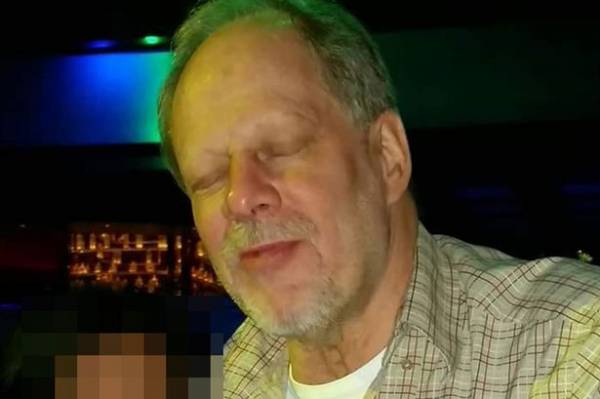Las Vegas Shooter was Sober, Autopsy Finds, Leaving his Motives a Mystery
An autopsy report for Stephen Paddock revealed nothing new about what might have driven him to open fire on a Las Vegas country music festival in October, killing 58 people and injuring more than 850 others.
Toxicology tests showed Paddock’s system contained anti-anxiety medication — specifically, levels of benzodiazepines consistent with the drug Valium — but that he was not under the influence of them, since the substances were found in his urine and not in his blood, according to the Las Vegas Review-Journal. Benzodiazepines are sedatives typically prescribed to help treat anxiety and insomnia.
Paddock’s toxicology report also showed small amounts of lead, arsenic, antimony and selenium found in Paddock’s blood, but not at levels that would have caused violent or aggressive behavior, the newspaper reported.
“It seems that based on the autopsy reports there were no physical excuses for what Steve did,” Paddock’s younger brother, Eric Paddock, told the newspaper. “We may never understand why Steve did this.”
Paddock’s autopsy report was released Friday to The Associated Press and the Las Vegas Review-Journal, who had filed a lawsuit to obtain the results.
The autopsy included a separate examination of Paddock’s brain, conducted at Stanford University, which also found nothing unusual, according to the AP.
In fact, other than having high blood pressure and bad teeth, Paddock was “a sober, healthy 64-year-old,” the AP reported.
Paddock’s autopsy occurred on Oct. 6, five days after the massacre, according to a preliminary report on the investigation released last month by the Clark County Sheriff’s Office. Las Vegas police detectives, along with FBI evidence team members, were there for the procedure at the Clark County Office of the Coroner/Medical Examiner.
The 81-page preliminary investigative report detailed Paddock’s meticulous planning leading up to the attack: How he stockpiled weapons and ammunition; how he gradually moved them, undetected, into his suite on the 32nd floor of the Mandalay Bay Resort and Casino; and how he used his vantage point from that room to inflict a barrage of bullets for more than 10 minutes on an unsuspecting crowd attending the Route 91 Harvest music festival below.
Paddock acted alone, the report concluded. But what investigators still couldn’t answer was why Paddock, a man with no criminal history, enacted the worst mass shooting in modern U.S. history.
“No suicide note or manifesto was found,” investigators wrote. “There was no evidence of radicalization or ideology to support any theory that Paddock supported or followed any hate groups or any domestic or foreign terrorist organizations. Despite numerous interviews with Paddock’s family, acquaintances and gambling contacts, investigators could not link Paddock to any specific ideology.”
When police breached Paddock’s suite after the massacre, they found his body on the floor, blood pooling behind his head. A handgun was near his body and shell casings littered the floor around him.
A gunshot wound was found in Paddock’s mouth, the police report stated.
“The cause of Paddock’s death was an interoral gunshot wound and the manner of death was ruled a suicide,” the police report stated.
Paddock had repeatedly told family and friends “that he consistently felt ill, in pain or fatigued,” the police report said.















